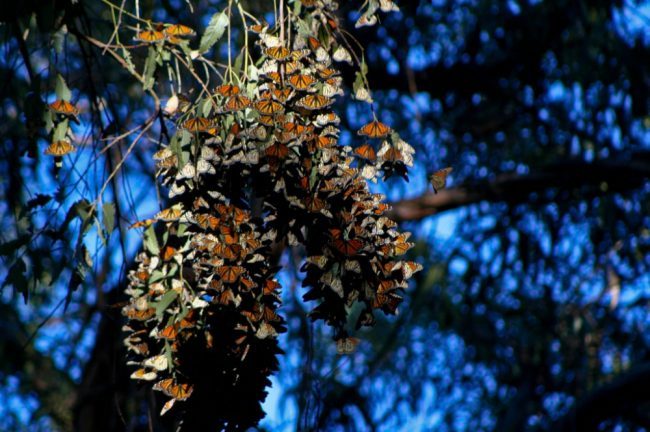OF THE
TIMES
We'll know our disinformation program is complete when everything the American public believes is false.
This reminds me of the Bolsheviks trying to eliminate the Orthodox church in Russia. It did not make it weaker, it made it stronger. This reminds...
RIGHT ON SKED IsraHell.!! They just shot Iran.
Imagine what $18 Billion could do to revitalize infrastructure, improve food security and water supplies around the nation. Imagine $18 Billion...
No more Kiev in three months Zelensky you dumb shite. Then you won't need a TV to hear Russian being spoken.
World War Three in progress. A war like no other. Cyber-attacks, satellite lasers (DEWs), weather mod. It's all happening and the vast majority...
To submit an article for publication, see our Submission Guidelines
Reader comments do not necessarily reflect the views of the volunteers, editors, and directors of SOTT.net or the Quantum Future Group.
Some icons on this site were created by: Afterglow, Aha-Soft, AntialiasFactory, artdesigner.lv, Artura, DailyOverview, Everaldo, GraphicsFuel, IconFactory, Iconka, IconShock, Icons-Land, i-love-icons, KDE-look.org, Klukeart, mugenb16, Map Icons Collection, PetshopBoxStudio, VisualPharm, wbeiruti, WebIconset
Powered by PikaJS 🐁 and In·Site
Original content © 2002-2024 by Sott.net/Signs of the Times. See: FAIR USE NOTICE

Reader Comments